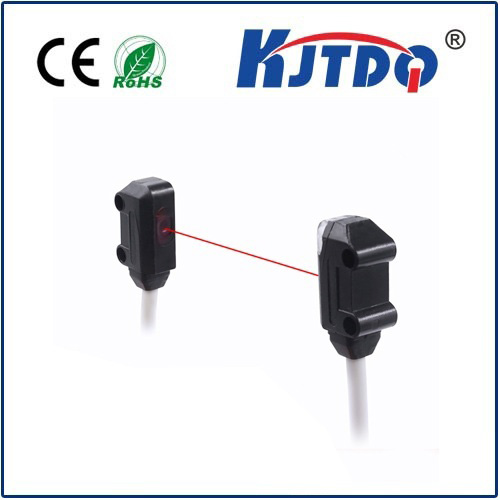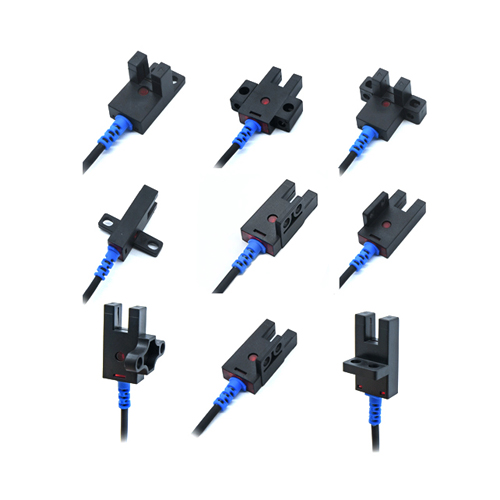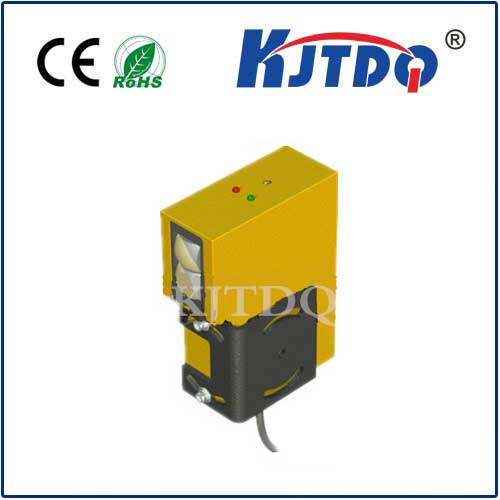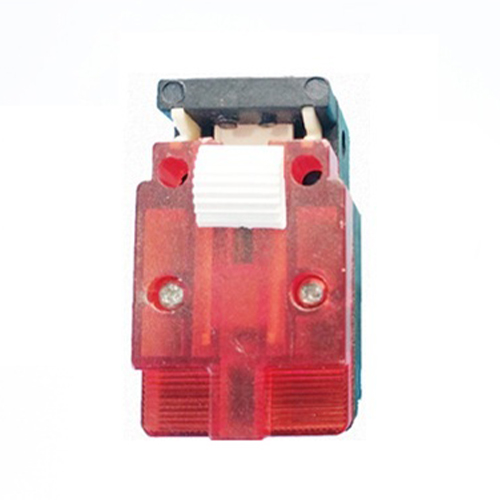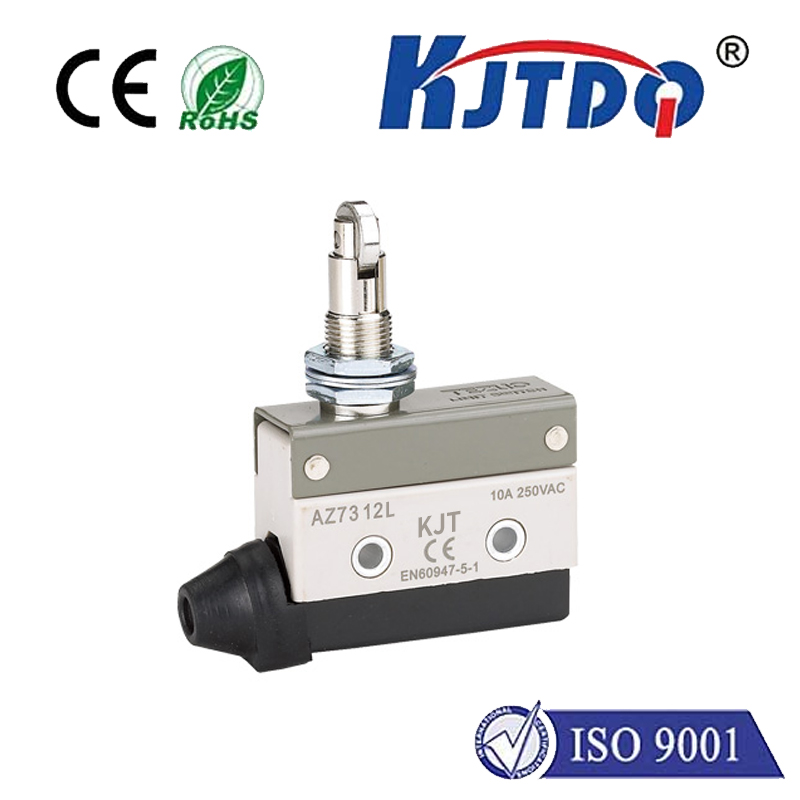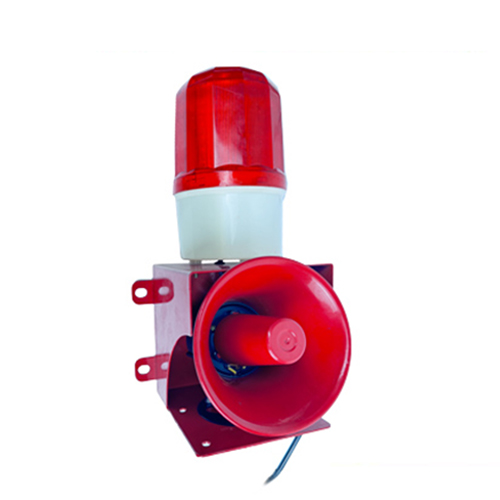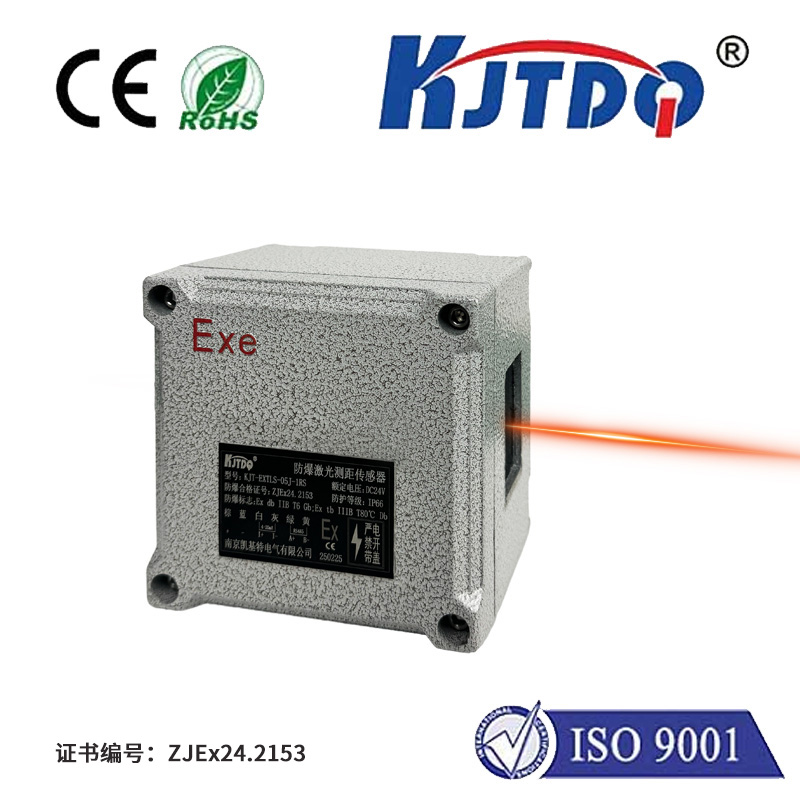laser interferometer displacement sensor
- time:2025-08-28 04:45:45
- Click:0
Unlocking the Nanometer World: How Laser Interferometer Displacement Sensors Achieve Unparalleled Precision
Imagine measuring movements smaller than a wavelength of light. Sounds impossible? Not with laser interferometer displacement sensors. This sophisticated technology, fundamental to modern precision engineering, pushes the boundaries of measurement, enabling scientists and engineers to quantify displacements with astonishing accuracy, often down to the sub-nanometer level. If your work demands knowing exactly how much something has moved, no matter how minuscule, understanding these remarkable instruments is essential.
At its core, a laser interferometer displacement sensor operates on the principles of optical interference, a phenomenon discovered centuries ago but harnessed with incredible finesse using modern lasers. It leverages the wave nature of light: when two coherent light waves combine, they create an interference pattern of bright and dark fringes. The exact pattern depends critically on the difference in the path lengths the two waves have traveled.

The most common configuration for displacement measurement is derived from the Michelson interferometer. Here’s how it typically works:
- The Source: A highly stable laser emits a coherent beam of light – meaning the light waves are perfectly in step. This coherence is paramount.
- The Split: A beam splitter divides this single beam into two distinct paths:
- Measurement Beam (Target Beam): This beam travels towards the target surface (a mirror or retroreflector attached to the object whose displacement needs measuring).
- Reference Beam: This beam travels towards a fixed reference mirror.
- The Reflection: Both beams reflect off their respective surfaces – the moving target mirror and the stationary reference mirror.
- The Recombination: The reflected beams travel back and recombine at the beam splitter.
- The Interference: When the beams recombine, they interfere constructively (bright fringe) or destructively (dark fringe) depending on the relative distance each beam traveled. Crucially, any movement of the target mirror changes the path length of the measurement beam relative to the reference beam.
- The Detection: A photodetector captures the resulting interference pattern. As the target moves, the intensity of the light detected oscillates in a precise sinusoidal pattern.
- The Counting: Sophisticated electronics count these intensity oscillations (fringes). Since each complete cycle (from bright to dark and back to bright) corresponds to the laser light traveling a distance equal to half its wavelength (λ/2), displacement is calculated by:
Displacement = (Number of Fringes Counted) * (λ / 2). For example, a common Helium-Neon laser has a wavelength (λ) of 632.8 nm. Moving the target by just 316.4 nm (half the wavelength) would create one complete interference fringe cycle.
Why Laser Interferometers Reign Supreme for High-Precision Displacement
The capabilities of these sensors make them indispensable in numerous cutting-edge fields:
- Nanometer & Sub-Nanometer Resolution and Accuracy: This is their defining characteristic. Laser interferometers can resolve movements far smaller than the width of a human hair, making them perfect for calibrating other sensors and characterizing materials or components at the atomic scale.
- Non-Contact Measurement: The measurement beam interacts only with light. This means no physical force is applied to the target object, eliminating potential distortion or wear. It’s vital for delicate structures or high-speed components.
- Incredibly High Speed: They can track extremely rapid vibrations or displacements, limited primarily by the speed of the detector electronics and data acquisition system.
- Large Measurement Range: While famed for precision, modern interferometers can also measure over significant distances, from millimeters to tens or even hundreds of meters, depending on the setup and laser power, while maintaining high resolution.
- Traceability to Fundamental Standards: Laser wavelength is an intrinsic property of light and directly traceable to the definition of the meter, providing inherent and reliable calibration.
Key Applications Driving Innovation Across Industries
The unique advantages of laser interferometer displacement sensors fuel advancements in:
- Semiconductor Manufacturing: Critical for photolithography steppers and scanners, where positioning masks and wafers with nanometer precision is non-negotiable for creating ever-smaller microchips.
- Precision Metrology & Calibration: Used as the gold standard in national metrology institutes and calibration labs to calibrate other displacement sensors (like capacitive or inductive probes) and high-precision machine tools. Coordinate Measuring Machines (CMMs) rely on them for ultimate accuracy.
- Aerospace & Astronomy: Essential for aligning massive telescope mirrors segments with nanometer precision and characterizing the dimensional stability of spacecraft components under varying temperatures and stresses. Used for high-precision measurement of structural deformation.
- Advanced Manufacturing: Deployed in ultra-precision machining (diamond turning, grinding), ensuring components meet exacting tolerances. Used for real-time feedback in positioning stages for micro-machining and lithography.
- Research & Development: Fundamental tool in physics labs for experiments involving gravitational wave detection, material science (studying strain, thermal expansion), nanotechnology, and surface profiling.
- Flat Panel Display & Optics Manufacturing: Crucial for positioning stages during deposition and etching processes, and for testing the flatness of large optical components.
Considerations for Implementation
While incredibly powerful, achieving the best results with a laser interferometer displacement sensor requires attention to detail:
- Environmental Stability: Factors like air turbulence, temperature fluctuations, and vibrations can subtly alter the refractive index of air or introduce path length instability. Environmental compensation systems (measuring air temperature, pressure, humidity) are often essential, and vibration isolation may be required. Environmental control is paramount.
- Target Reflector: The target requires a suitable mirror or retroreflector. The quality of this reflector and its alignment (dead path error) can impact accuracy.
- Laser Stability and Coherence Length: The laser’s wavelength stability and coherence length (the distance over which it stays coherent) must be sufficient for the application’s required measurement range.
- Setup Complexity: Compared to simpler sensors, interferometers often require more careful optical alignment and integration. Modern commercial systems, however, significantly simplify setup and use.
Laser interferometer displacement sensors represent the pinnacle of non-contact, high-resolution measurement technology. By harnessing the fundamental interference properties of coherent light, they provide an unmatched ability to quantify the smallest movements with extraordinary fidelity. In a world increasingly driven by nanotechnology, photonics, and extreme precision engineering, these instruments are not just tools; they are the enablers of innovation, allowing us to see, measure, and control the infinitesimally small. Their role in pushing the boundaries of science and manufacturing will only grow more critical as our quest for precision continues.






